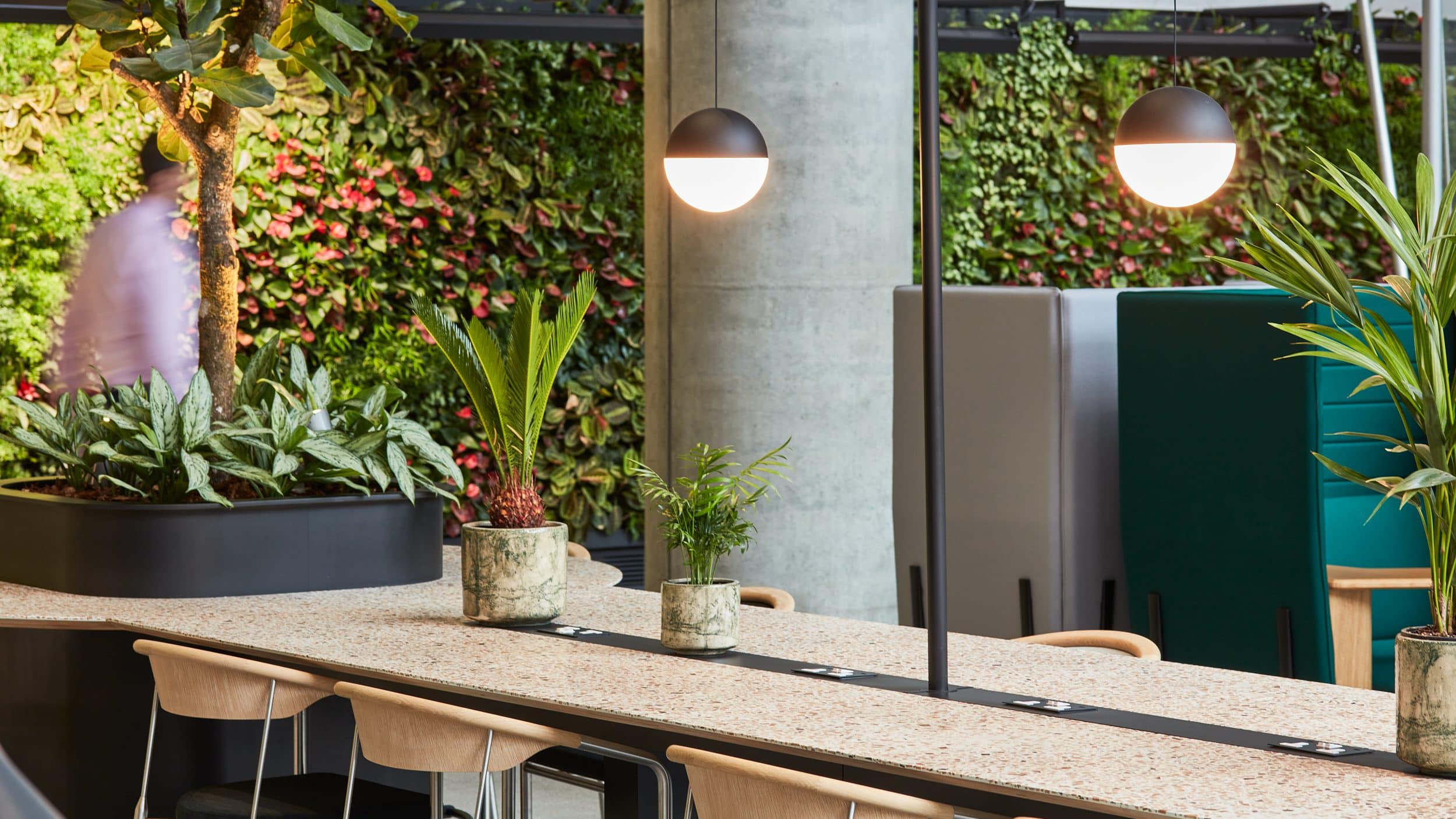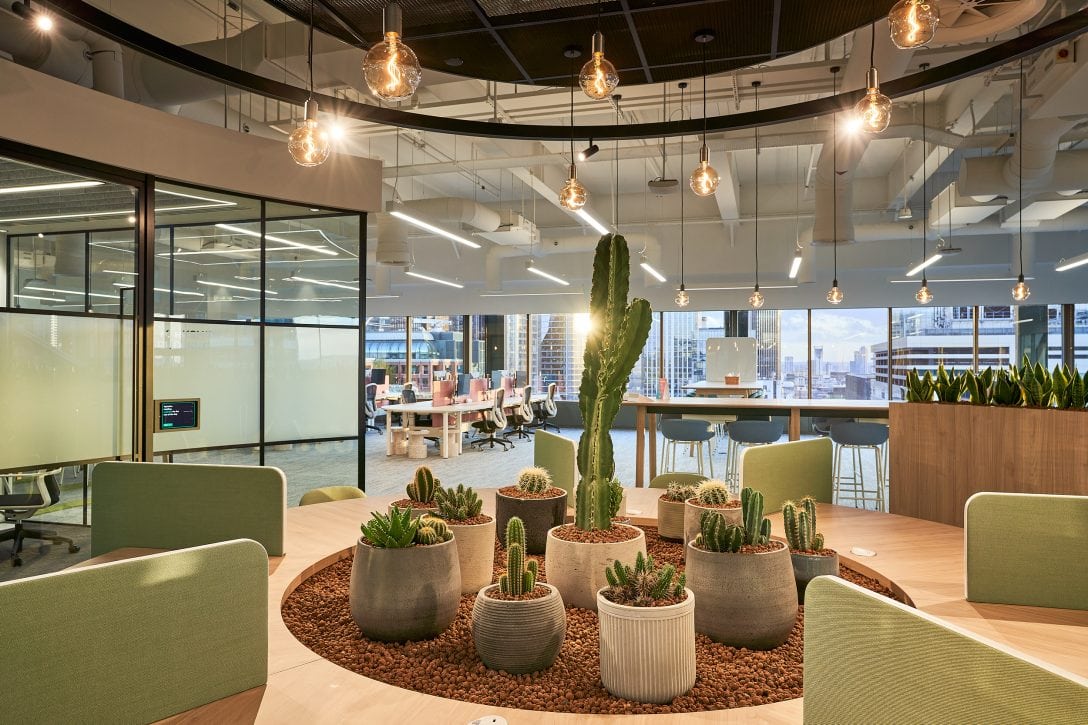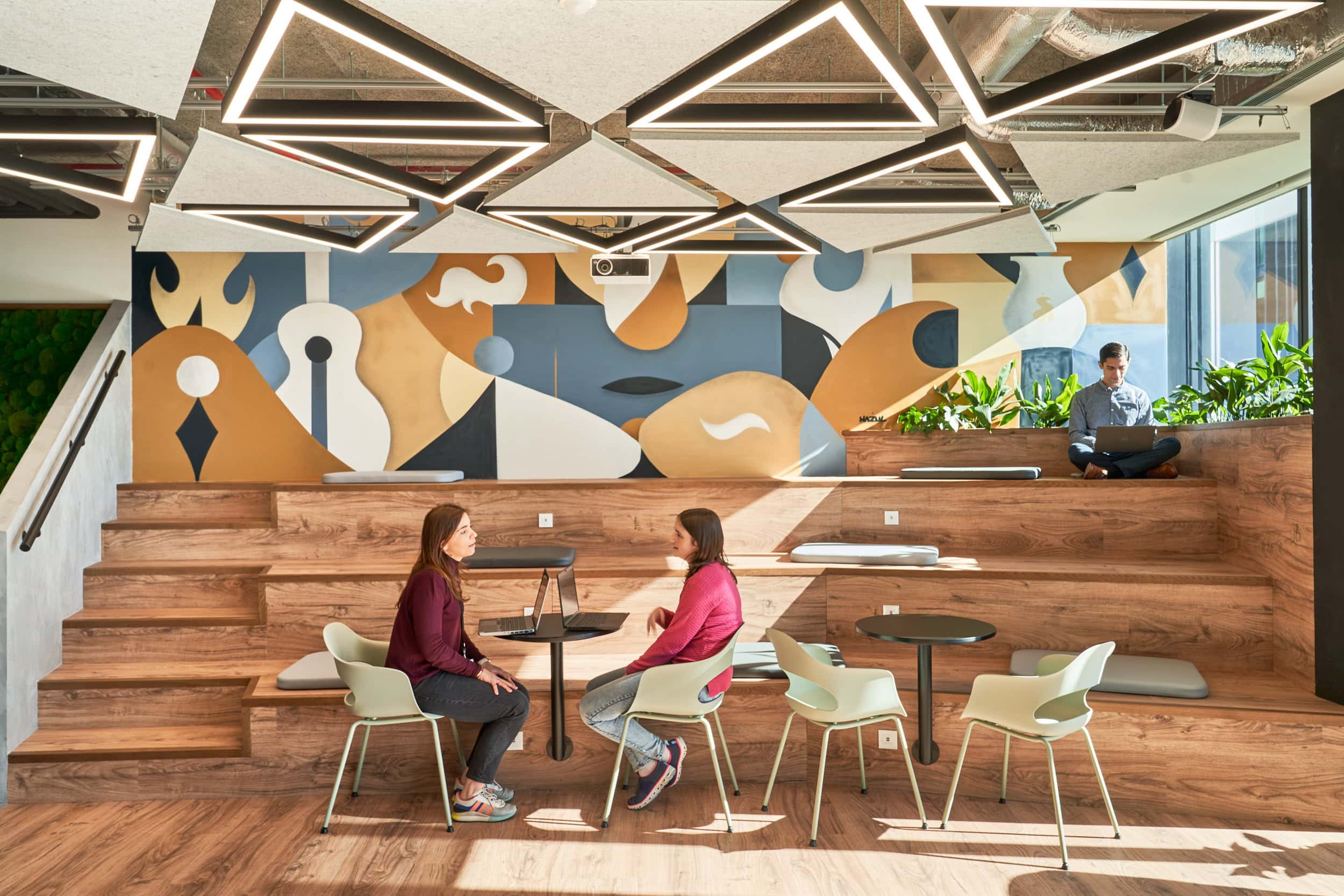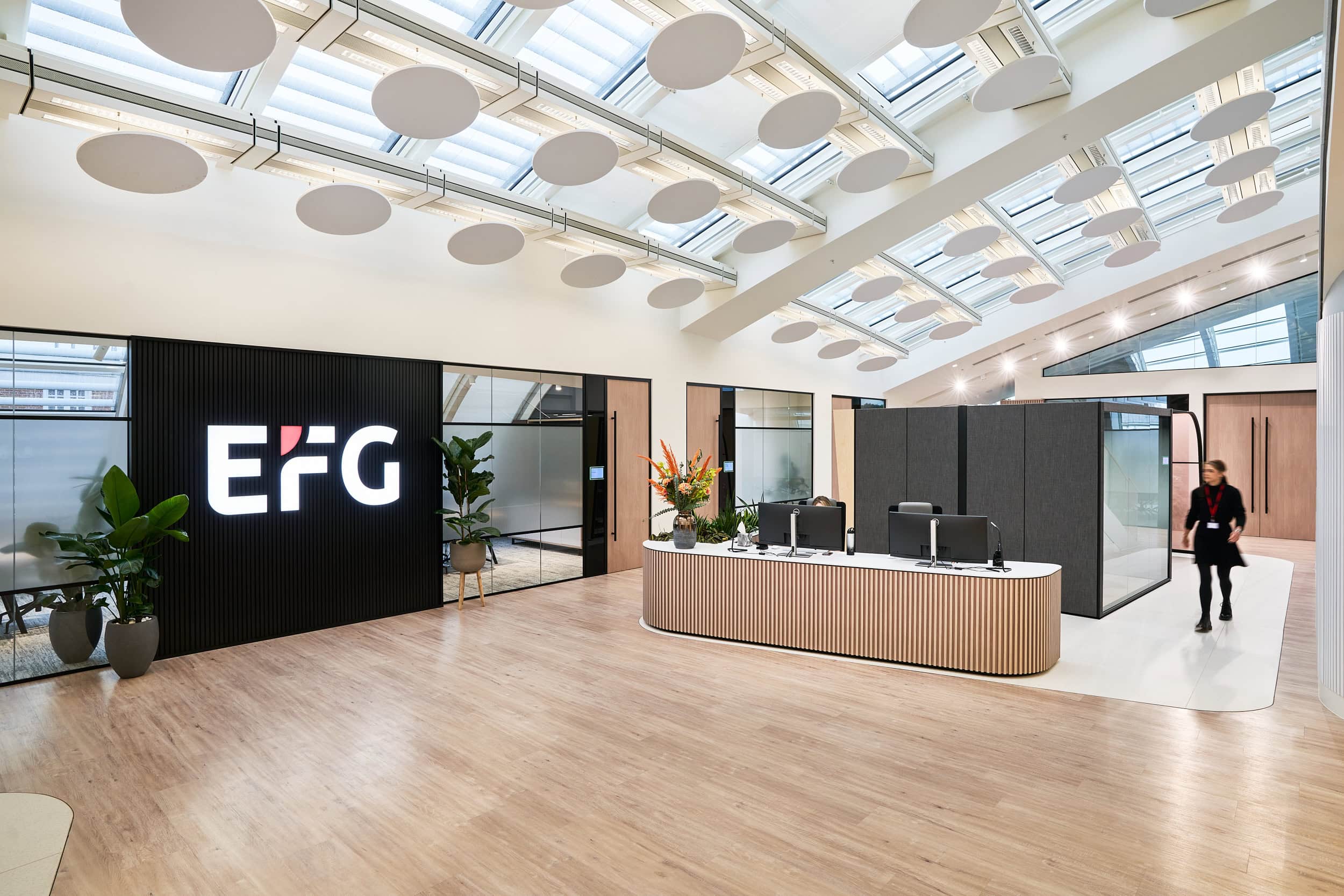ESG-focused design: guide to sustainable office furniture selection
Our expert furniture team has crafted a sustainable office furniture guide to assist you in selections that support your corporate ESG goals.

Furniture made from virgin resources can contribute significantly to the carbon footprint of a commercial office building, accounting on average for 30% over its lifecycle. As corporations increasingly embrace Environmental, Social, and Governance (ESG) practices, the demand for sustainable office furniture has become paramount.
In this guide, we delve into the key aspects of ESG-focused office design, offering a comprehensive approach to selecting sustainable office furniture that not only meets functional and aesthetic needs but also aligns with broader corporate sustainability goals.
Sustainable office furniture strategy:
The journey begins with establishing a robust sustainability strategy tailored to your specific goals and budget. Our team of expert designers and furniture specialists collaborates with you to craft a strategy that aligns seamlessly with your corporate sustainability objectives.
Design for longevity:
At the heart of sustainable office furniture is thoughtful design. Furniture should be created with longevity, reuse, recyclability, and re-purposing in mind from the outset. By focusing on environmentally conscious materials, such as reused items, recycled materials, and natural alternatives, companies can meet the rising demand for sustainable design.
Materials and manufacturing:
Critical considerations during the selection process include material composition, vernacular sourcing, and energy-efficient manufacturing. Preference is given to suppliers employing readily available and renewable materials, such as certified timbers, wool, and bamboo, to reduce environmental impact. Steering clear of formaldehyde and flame-retardants, and opting for low VOC or water-based alternatives, not only benefits the environment but also promotes the well-being of workers.
Packing and transport:
Addressing the environmental impact of transportation, furniture designed for on-site assembly allows for denser packaging, reducing the number of vehicles needed and minimizing carbon emissions. Prioritising recyclable and recycled packaging, along with biodegradable materials, contributes to energy efficiency during transportation and minimizes natural waste at the end of the product’s life. Supporting brands and suppliers committed to eco-friendly packaging materials, such as cardboard or recyclable plastic, further reduces environmental damage.

Local sourcing and production:
Minimising the carbon footprint of furniture can be achieved by sourcing locally produced items with locally sourced materials whenever possible. When importing, opt for companies with efficient transportation practices to uphold sustainability standards throughout the supply chain.
End of Life:
Contributing to the circular economy involves understanding end-of-life options, including reselling, re-purposing, or recycling. Selecting furniture designed for durability and repairability enhances sustainability by extending the product’s lifespan. Manufacturers offering guarantees for long service life, spare parts, and refurbishment programs further support the goal of reducing waste and promoting a more sustainable approach to office furniture.Whether you’re crafting a strategy to incorporate reuse, evaluating material composition or prioritising recyclability, our dedicated office furniture specialists are ready to guide you through the process.
Let us assist you in selecting, supplying and installing furniture that not only meets your functional and aesthetic needs but also aligns seamlessly with your broader corporate ESG goals. Take the first step towards a greener office space – contact us today to embark on your journey towards truly sustainable office furniture.

